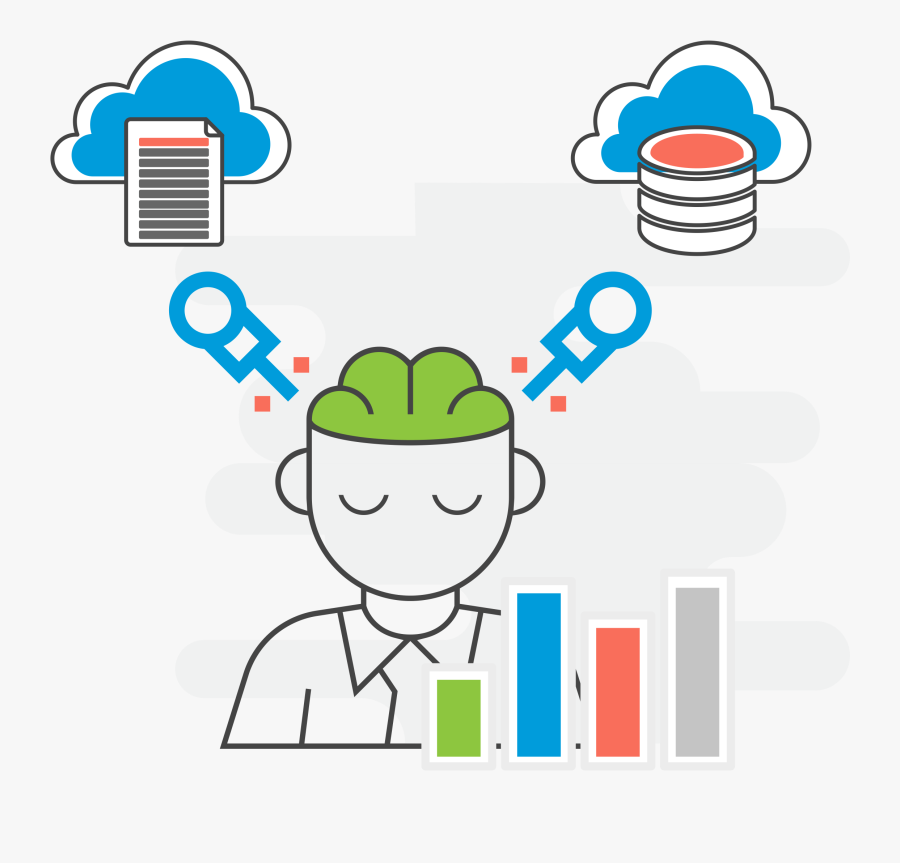175 zettabytes of data are to be generated by 2025, and machines will already generate more than 40% of the world’s data volume annually. This exponential data growth is being driven by innovation, with many companies expanding their IoT networks and improving their cloud computing capabilities. With the help of an increasingly connected world population, the imminent introduction of 5G is becoming an important catalyst for this forecast.
Along with this data growth has been widespread diffusion and fragmentation that can severely limit the value of data insights gained and used by organizations. To truly achieve digital transformation and reap the rewards of effective data analysis, companies need cloud solutions that allow them to do so seamlessly manage your ever-growing amounts of information. It’s easy to lose sight of the fact that while there is only one cloud, there are multiple cloud providers. Organizations often choose to work with multiple cloud partners to ensure the resilience of their cloud deployment, but this also adds complexity in a world in which data must flow freely and be readily available, but is fragmented across multiple cloud locations.
In order to overcome complexity and enable innovation, high-quality data must be readily available. Therefore, a comprehensive cloud data management platform is an essential component. A platform that can access data from any cloud, as well as local applications can deliver data at any latency with elastic, scalable processing and fundamentally embeds quality to ensure reliable, high-quality data delivery.
In this article, we’ll set the stage by exploring the cloud’s concept of intelligent data management before digging deeper into the benefits of advanced data loading and ELT capabilities. Our goal is to find solutions that bring clarity to the confused connectivity space in the cloud and enables future innovations.
Anyone, any platform, any cloud, any time
As the need to consume and use data becomes increasingly important, organizations are quickly realizing the boundaries of dispersed and fragmented data. Many organizations are faced with the task of unifying data from multiple platforms, clouds, and locations across silos in order to achieve the opportunities for of true digital transformation. The solution must be an end-to-end platform that is able to unite data not only from different locations, but also from different locations within the cloud itself. Artificial intelligence and real-time data intelligence need to be implemented in order to run the process efficiently on a large scale.
As a prime example, Informatica led the cloud connectivity industry by developing and launching the first Intelligent Data Management cloud, opening the doors to a variety of key industry pioneers. One of the most important of the former was the platform’s ability to enable data information from large data sets in minutes instead of months. This means a significant shift in the connectivity functions of the cloud, but also for the corporate sector in a broader sense. A powerful solution of this type will also allow organizations to redefine how every single business function works, including customer experience, e-commerce, supply chain, manufacturing, analytics and data science. The result is that companies can get much more value out of their valuable data and deliver new results at unprecedented speed.
It should be remembered that as the cloud becomes more heterogeneous, from applications to analytics to infrastructure, it is still the data that matters most, not what surrounds it. Those who can connect the right data to the right consumers in a simple, secure way will be able to achieve real digital transformation.













